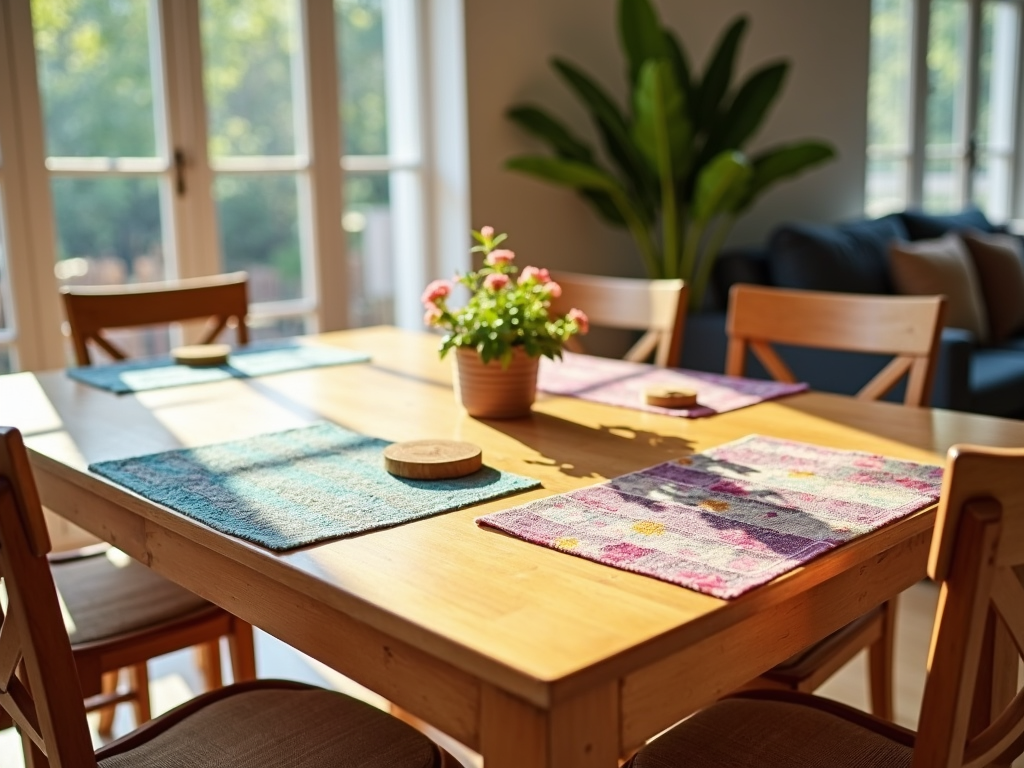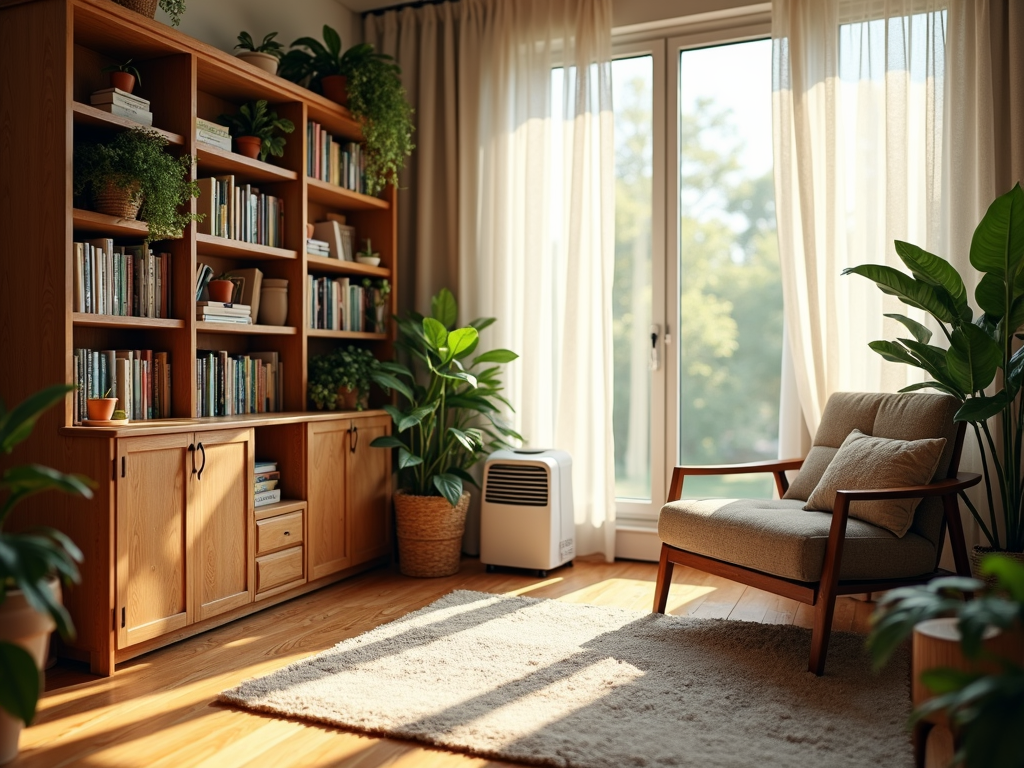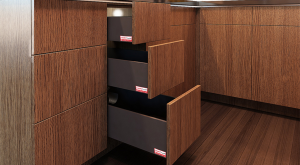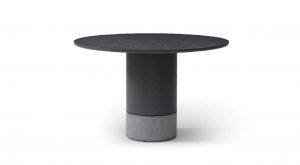Featured Post
Top 10 Ways to Protect Wooden Furniture
Wooden furniture adds warmth and elegance to any home, but it needs proper care to stay beautiful and strong. Whether you own a cherished dining table, a set of bar stools, or a vintage dresser, this article shares the Top 10 Ways to Protect Wooden Furniture. These practical tips will shield your pieces from scratches, moisture, sunlight, and other threats, ensuring they last for years.

1. Use Protective Accessories
Protect your wooden furniture with simple accessories like coasters, placemats, and tablecloths. Coasters stop water rings from glasses, while placemats prevent scratches from dishes or utensils. For extra protection during meals, spread a tablecloth to guard against spills and heat from hot plates. These small habits can save your furniture from big damage.
I once skipped using a trivet under a hot dish on my oak table. The heat left a white mark that took weeks to fade. Now, I always keep coasters and pads handy!
2. Apply Protective Coatings
Give your furniture a shield with polish, wax, or oil. Furniture polish adds a shiny layer that fights off dust and small scratches—apply it every few weeks. Wax lasts longer and protects deeper; use it every few months. For older pieces, natural oils like linseed keep the wood from drying out. Test any product on a hidden spot first to avoid surprises.
Choose wood-safe products and skip ones with silicone—they can leave a sticky mess.
3. Control Environmental Factors
Wood reacts to heat and moisture, so keep your home stable. Aim for 40-60% humidity to stop warping or cracking—use a dehumidifier if it’s too damp. Sunlight fades wood fast, so position furniture away from windows or add curtains. Avoid placing pieces near heaters or vents, too.
Effective Ways to Reduce Humidity in Your Home: Run a dehumidifier, open windows for air flow, and seal gaps around doors. It’s a game-changer for furniture care!

4. Regular Cleaning and Maintenance
Dust builds up fast and can scratch your furniture over time. Wipe it off weekly with a soft, dry cloth—like microfiber. For deeper cleaning, mix a little dish soap with water, dampen a cloth, and wipe gently. Dry it right away to avoid water spots. Every month or so, polish it to keep the shine.
Stick to wood-friendly cleaners. Harsh sprays can ruin the finish, so keep it simple and safe.
5. Use Furniture Pads and Felt
Prevent dents and scratches with furniture pads or felt under legs. These cushions soften the weight of chairs, tables, or heavy decor. You can buy sticky felt pads at any store—cut them to fit if needed. They also protect your floors when you slide things around.
I scratched my floor moving a chair once. Now, I check my pads every few months to make sure they’re still good.
6. Handle with Care
Move furniture the right way—lift, don’t drag. Dragging scratches both the piece and your floor. For big items, wrap them in blankets or pads during a move. Don’t stack sharp or heavy things on top, either; they can leave marks.
When I moved my dresser last year, I lifted it with a friend. It took extra time, but no damage—worth it!

7. Avoid Harsh Chemicals
Wrong cleaners can wreck your furniture’s finish. Skip ammonia, bleach, or anything rough—these strip the wood bare. Use mild, wood-specific cleaners or a vinegar-water mix instead. Always test on a small spot first to be sure it’s safe.
Once, I used a random spray on my table. It dulled the shine instantly. Lesson learned: stick to what’s meant for wood.
8. Use Protective Covers
Cover furniture you don’t use often—like patio pieces or extras in storage. Breathable covers, like cotton ones, keep dust and scratches away without trapping dampness. Plastic can cause mold, so avoid it.
During a painting project, I covered my bar stools with old sheets. They stayed clean and scratch-free the whole time.
9. Inspect for Pests
Pests like termites love wooden furniture. Check for tiny holes, sawdust piles, or weak spots every few months. If you spot trouble, call a pest expert fast—don’t wait. Keep your home dry and clean to make it less inviting to bugs.
I found little holes in an old chair once. A quick treatment saved it before the damage spread.

10. Address Repairs Promptly
Fix damage as soon as it happens. Small scratches? Rub them with a matching wax stick or marker. Bigger dents might need a pro. Quick action stops little problems from growing.
I keep a repair kit with markers and cloths. It’s saved my coffee table from a few kid-made scratches already!
Conclusion
Protecting your wooden furniture is easy with these furniture care and maintenance tips. Use coasters, control humidity, clean regularly—these small steps add up. Whether it’s a family heirloom or a modern bar stool, your furniture deserves care. Follow these Top 10 Ways to Protect Wooden Furniture, and enjoy your pieces for years to come.









